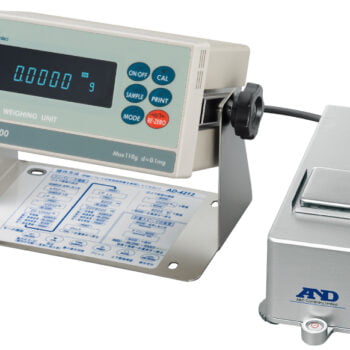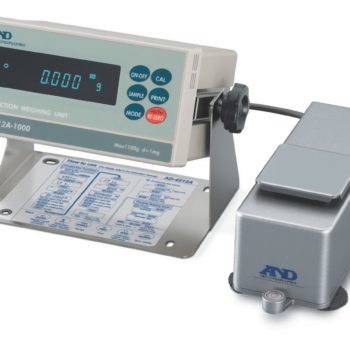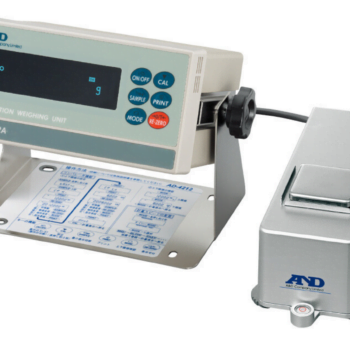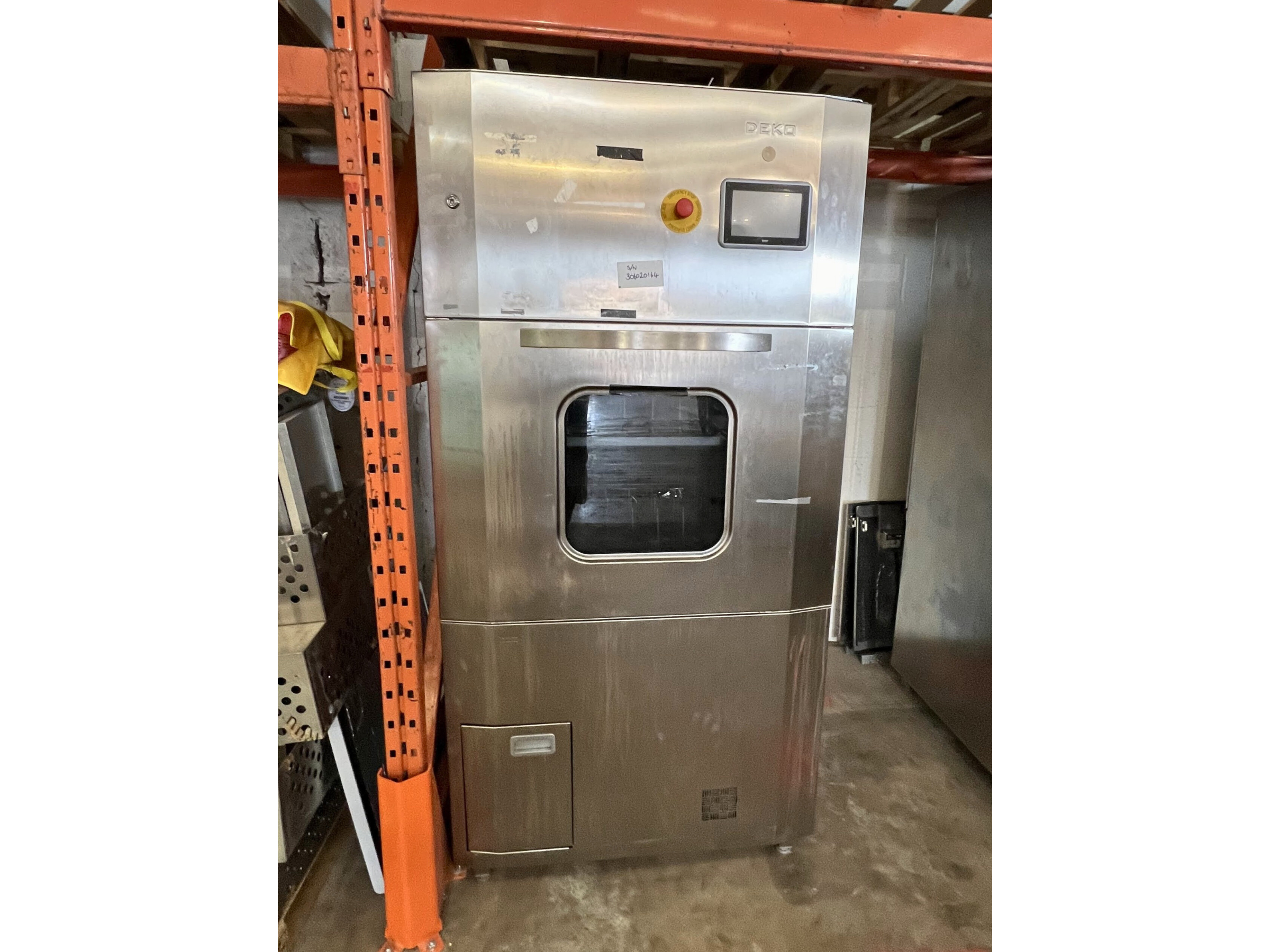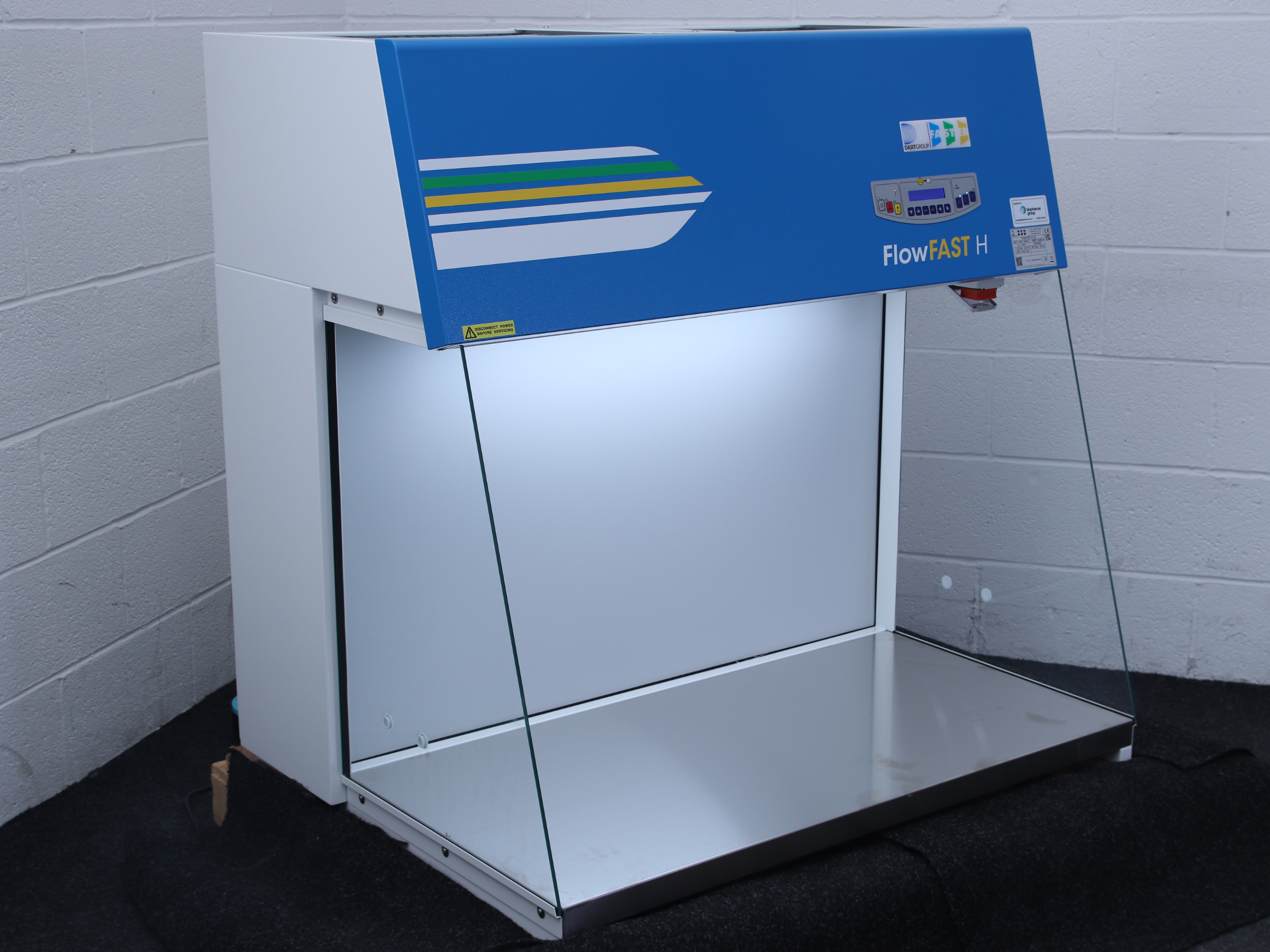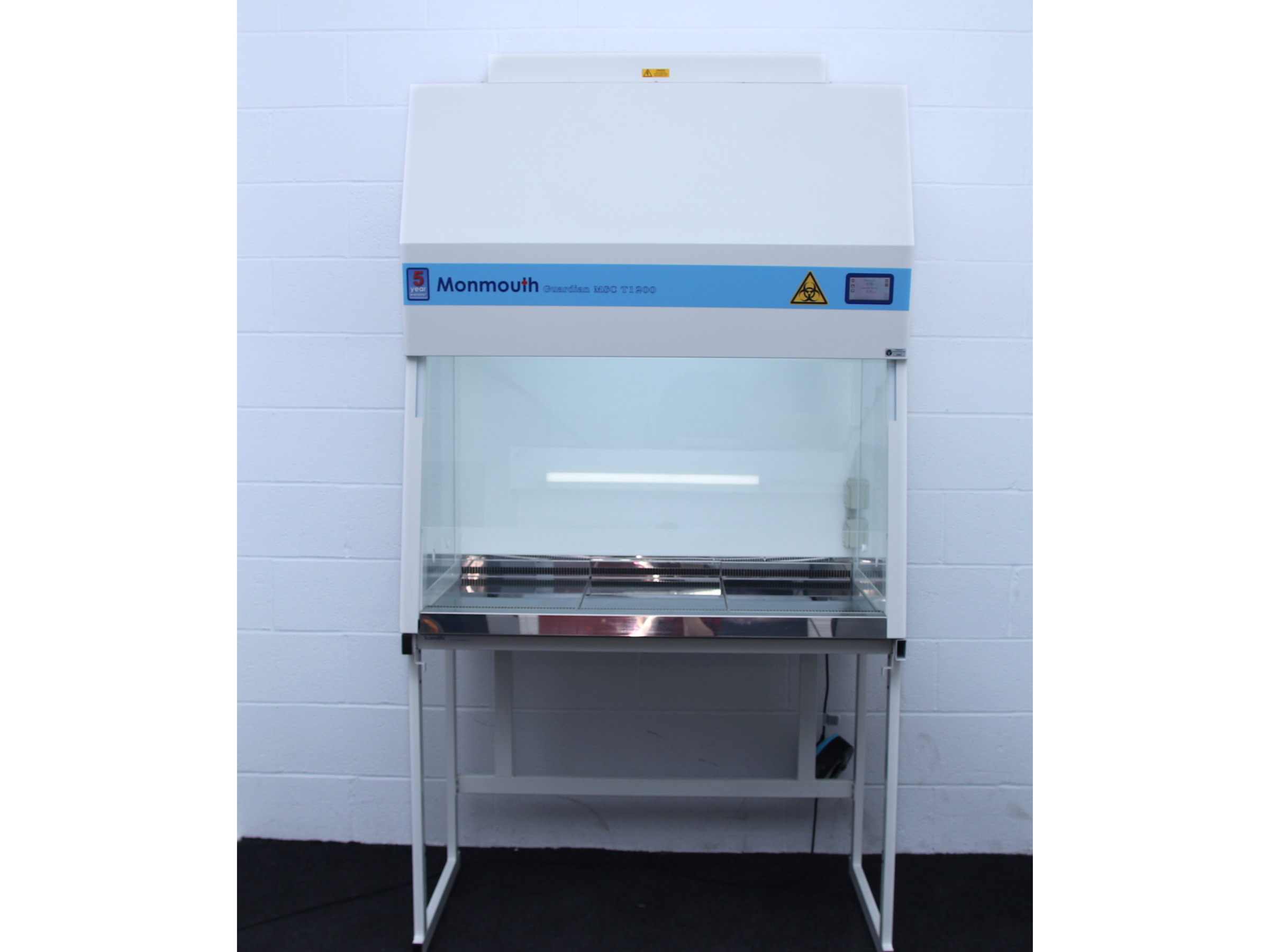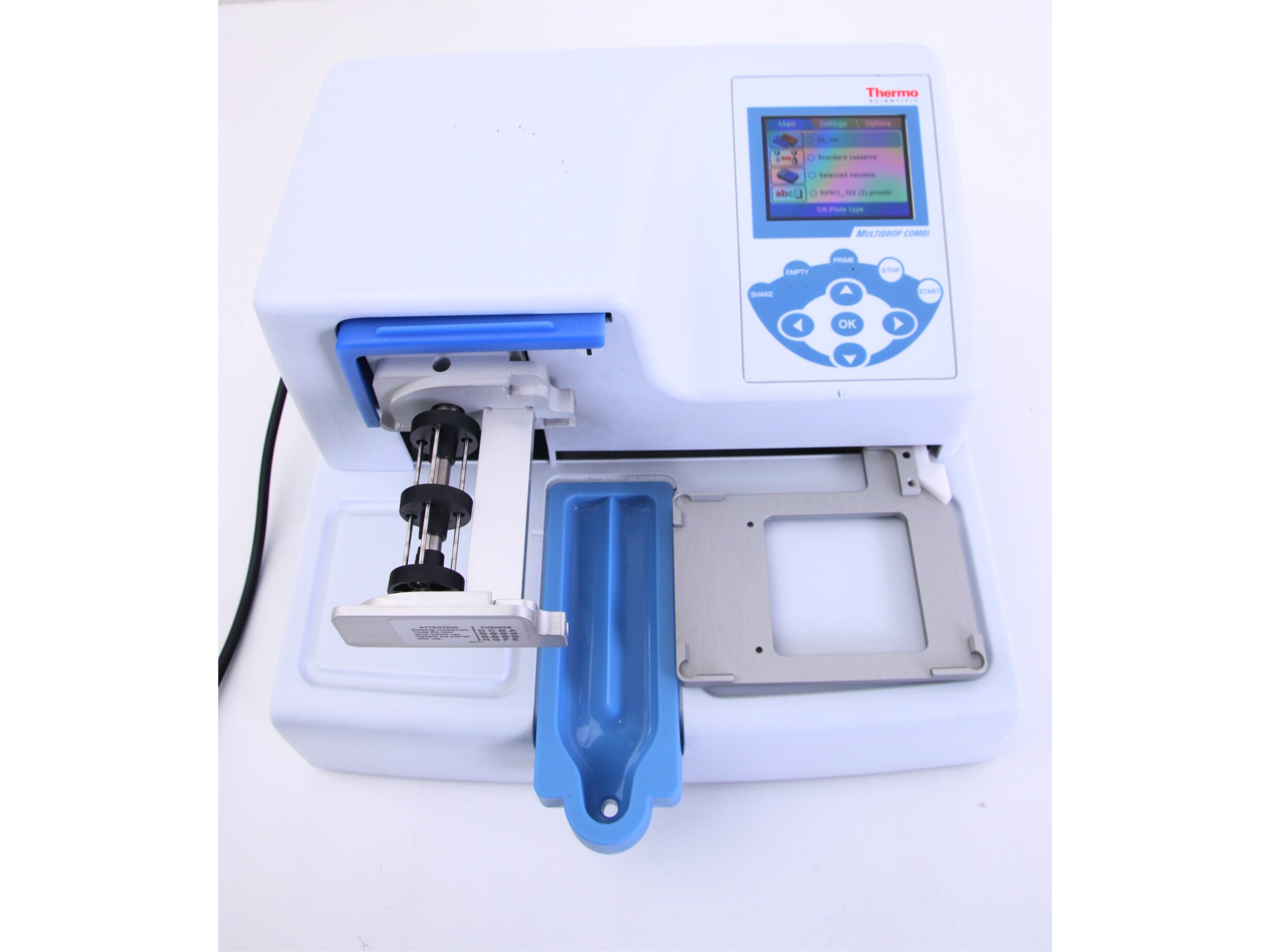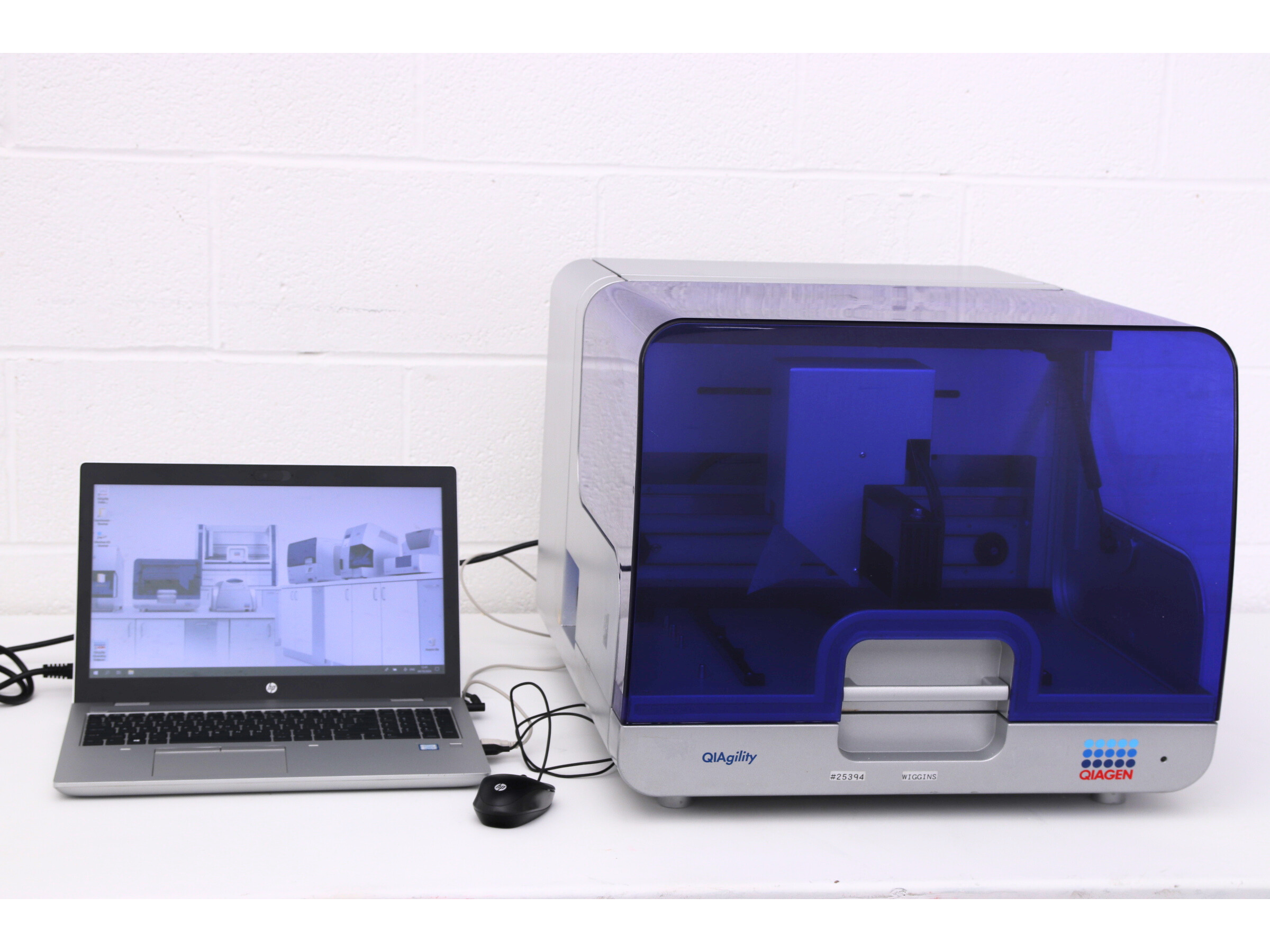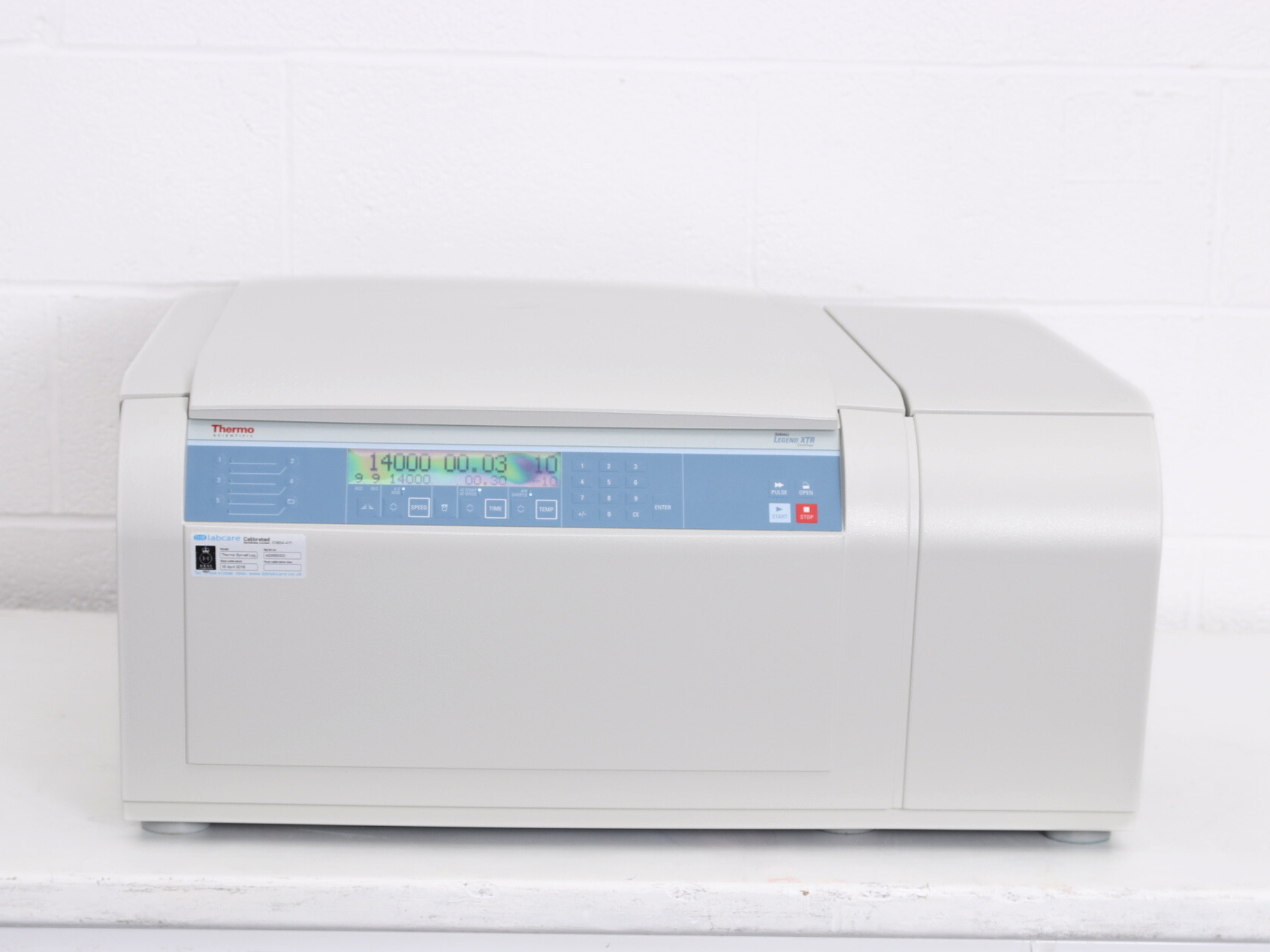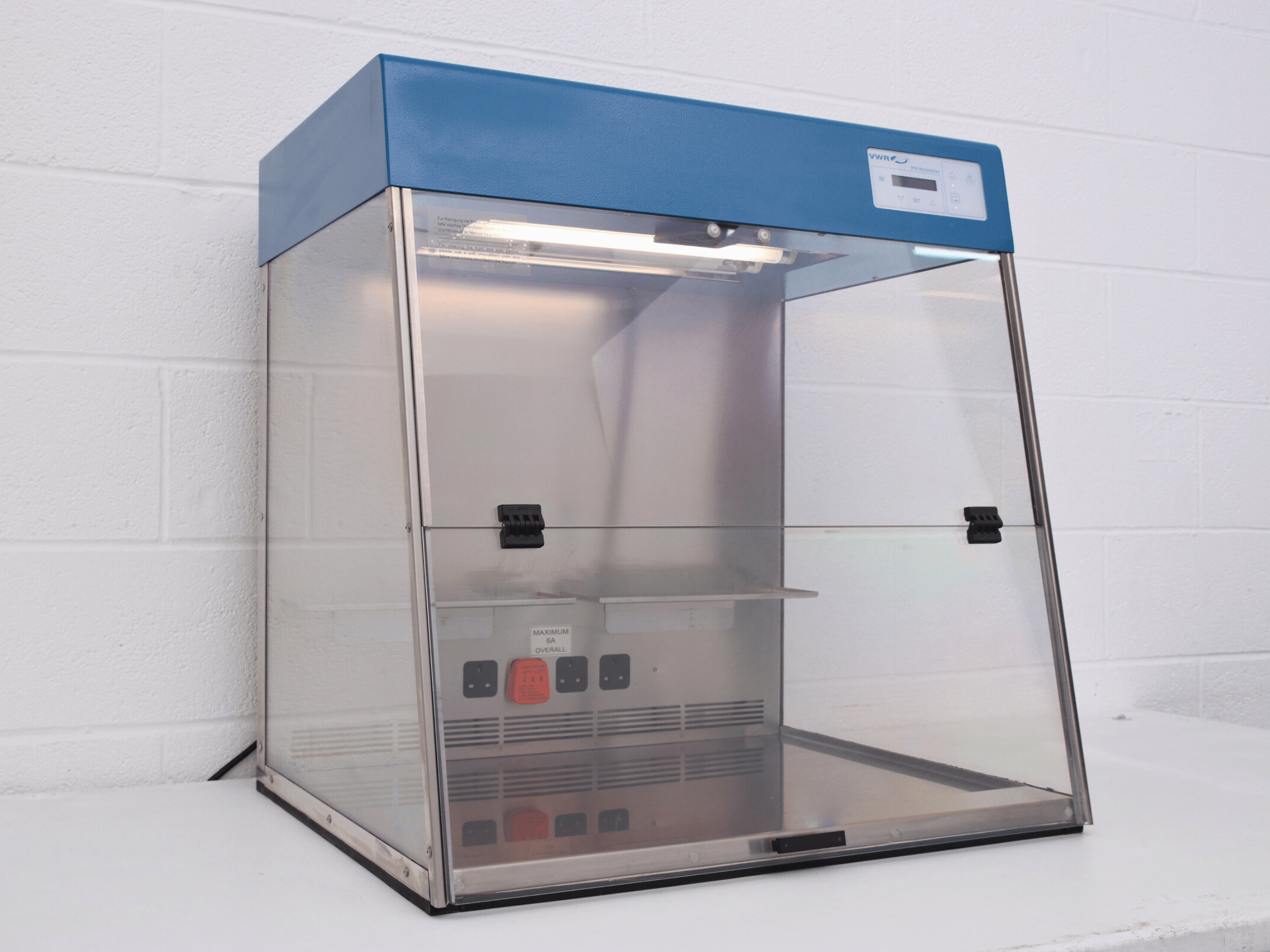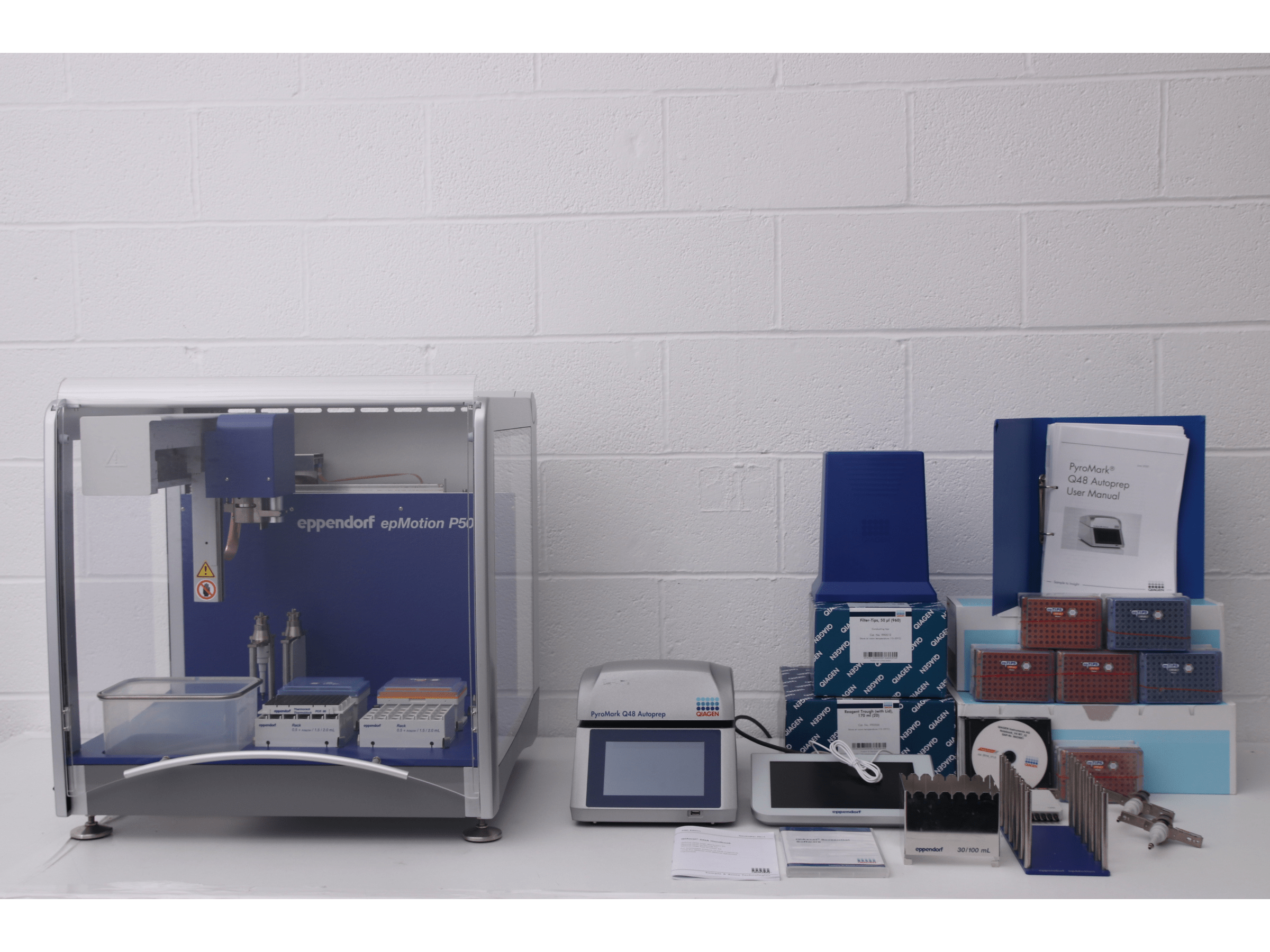10 things to consider when buying a new lab balance
1. Readability / Precision
One of the main things that will dictate which balance is best for your lab is the readability. This is effectively a question of how small do you need to go with your measurements? Do you need to measure to the nearest gram, milligram, microgram? The balances on our site are sorted by their readability:
| 2 decimal places | 0.01 g |
| 3 decimal places | 1 mg |
| 4 decimal places | 0.1 mg |
| 5 decimal places | 0.01 mg |
| 6 decimal places | 1 μg |
As one might expect, the greater the readability, the more complex the balance, and the higher the price. The readability of a balance is typically the first thing you’ll need to consider. If your application demands accuracy to 0.01 mg then you need a balance in that range. Everything else can typically be worked around that.
2. Balance capacity
Once you know your readability, you’ll need to consider the capacity of the balance. How much do you need to be able to weigh? If you’re in the market for an analytical balance, you may only need a very small capacity. Industrial applications, on the other hand, might need to weight many kilograms.

3. Data transfer / storage
Are you happy with the mass being displayed on the balance screen, and making a manual note of it? Or do you need something more reliable? Some applications require more robust and accurate monitoring, especially in quality control or forensic applications. Many balances feature internal storage or USB ports allowing data records to be transferred or even sent directly to a printer
4. Does the balance need to be portable?
While most users will only need to use the balance in the lab, there are some applications where balances need to be moved between labs, stored and removed regularly, or even taken out into the field. Look at portable balances that can be stacked, boxed or even stored sideways.
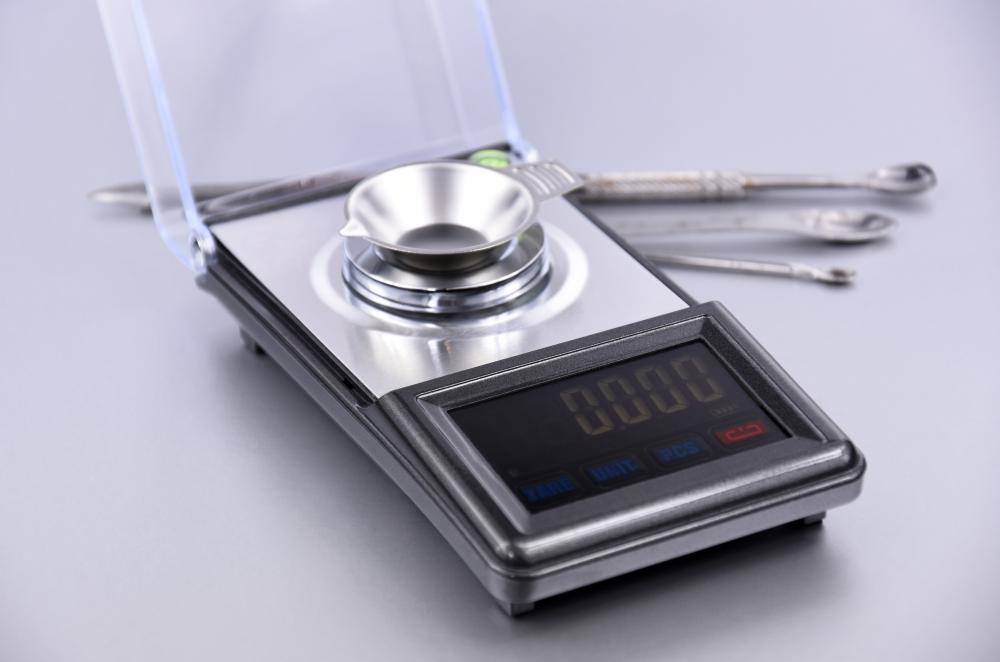
5. Units of measurement
Many users in the lab will be looking for balance readings in grams, milligrams or micrograms. But there are users who need to record and report in ounces, pennyweights or even Carats. By measuring directly in the unit you need, it improves accuracy and removes the chance of errors associated with converting afterwards.
6. Calibration method
All balances need to be calibrated regularly to ensure they are displaying accurate readings. Look for internal calibration to use an integrated calibration weight, or external calibration if you prefer to calibrate with your own masses. Balances with very precise readability can be affected by changes in temperature and atmospheric pressure, so need to be calibrated even more often. These balances often have automatic internal calibration, with sensors built in to calibrate when the temperature or pressure in the room shifts.

7. Pan size
Typically, the weighing pan on the balance is reflective of the capacity – you will find a larger pan on a balance used for kg scale measurements compared to mg scale measurements. However, if you have a specific size sample that you need to weigh, it’s worth checking the pan is large enough.
8. Anti-static bar / Ioniser
When weighing small samples, static can wreak havoc on repeatability of your results, and it can feel like forever until the balance stabilises. Many analytical balances have built n static removal bars or deionisers, which deionise sample boats or equipment, making them more suitable for use with fine powders, and making readings more repeatable.
9. Draft shield
Do you need a protective shield around the balance to protect against air currents in the lab? If you are using an analytical balance the answer is probably yes. Drafts can affect the accuracy of the readings, as well as cause problems when working with fine powders. Draft shields are available with doors that open on the side and/or top so think about what access is best for you and your application. Some draft shields on high-end balances even have automatic doors, preventing you from needing to touch the doors at all.

10. Price
Most likely the biggest factor for you to consider is your budget. Greater precision and capacity tend to come with higher price tags. If you need a very high readability, a dual capacity balance can be a good option. These models have a finer readability for smaller weights, and then a slightly smaller readability for larger weights. Second hand and ex-demo balances can be a great way to get a high-end balance at a lower price
Need help deciding? Our sales team are always on hand to discuss the best weighing balance for your application on 01257 270 433

